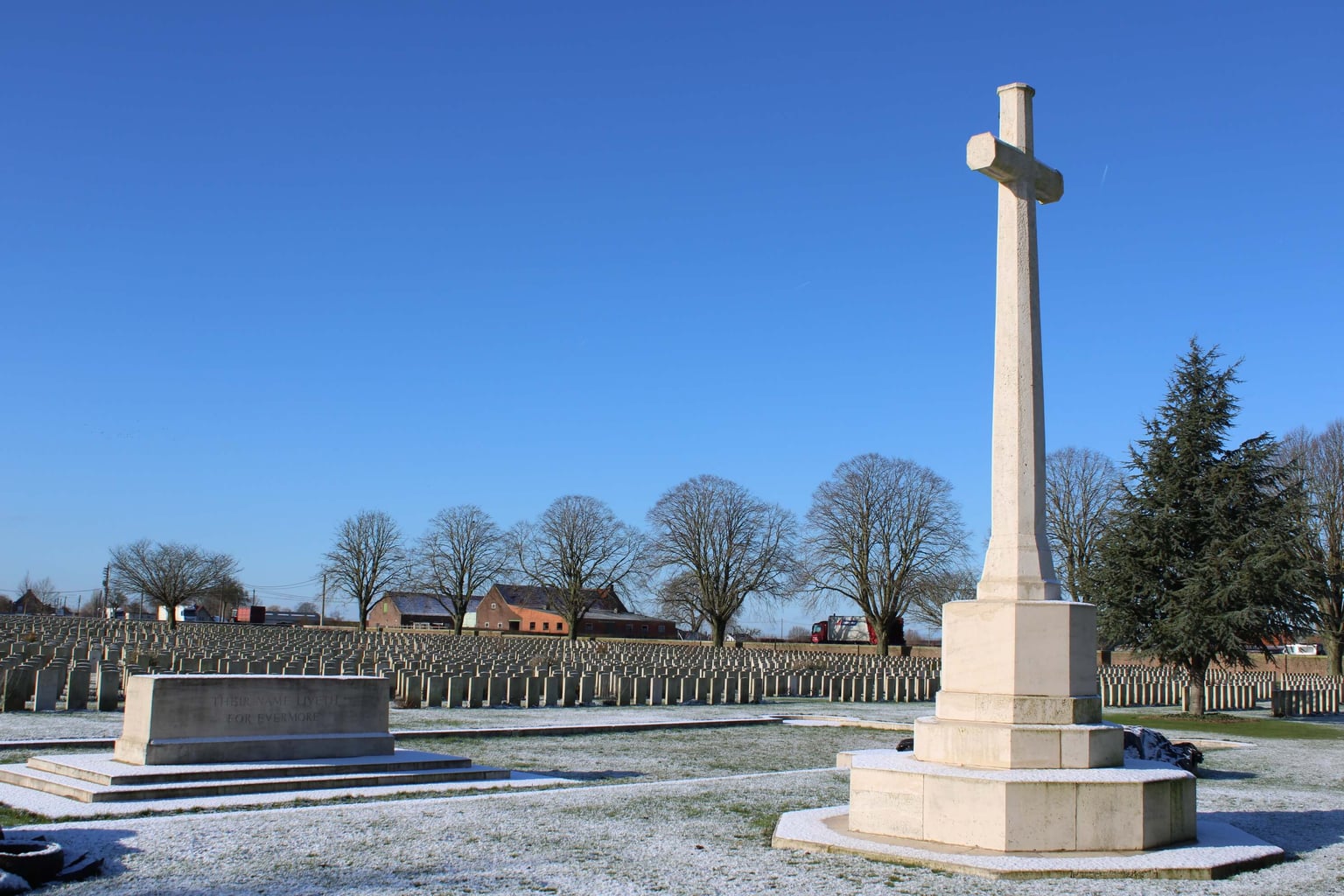The Government of Canada's Veterans Affairs website has an entire section dedicated to remembrance (veterans.gc.ca/remembrance). There are two main sub-sections that I have found very useful: one is /memorials and the other is /wars-and-conflicts.
Under veterans.gc.ca/remembrance/memorials, you can find detailed descriptions of overseas memorials, such as: the Canadian National Vimy Memorial (/vimy) and the Beaumont-Hamel Newfoundland Memorial (/beaumont-hamel), as well as information about the battles associated with each of the memorials. For example, if you choose Courcelette Canadian Memorial (/Courcelette), you will see an explanation of The Somme and the and the relatively new tactic our soldiers used successfully, called “creeping barrage”.
Before visiting Vimy and Beaumont, check the above links on the Veterans Affairs website for hours of operation and directions. You may want to check the Vimy Foundation (vimyfoundation.ca) and its exhibition/museum partner, the Canadian Centre for the Great War (greatwarcentre.ca), both of which run educational programs about WW1. The Juno Beach Centre (Canada in WW2) has its own website (junobeach.org) with information to plan a visit but also a lot of great podcasts (subscribe to “Juno Beach and Beyond”) about the second world war.
The Canadian War Museum’s website (warmuseum.ca/learn) has a ton of photos, maps, and other resources about Canadians in the first and second world wars, including online exhibits about World War One and the Battle of Vimy Ridge, and resources about the D-Day landings in World War Two.
The website I use most often is the Commonwealth War Graves Commission (www.cwgc.org), the organization that maintains the commonwealth cemeteries and records. If you are looking for a particular name, you can run a search on this site. For information about where any given cemetery is and why and when it was created, this website is excellent and easy to use. The same information can be found at every cemetery in the front of the Cemetery Registry booklet, which lists the names of the dead at each location. You will find the Visitor’s Book in the same box (it will be built into the wall surrounding the cemetery or within the shelter, if there is one), which you should sign.
I also stumbled upon a site (www.ww1cemeteries.com) that was created in 2005 and is operated by a handful of dedicated volunteers, mostly British, who made it their mission to visit every cemetery and memorial listed by the Commonwealth War Graves Commission. I found the website just before travelling to Europe in January 2024 and I reached out to them to let them know what I was doing. The website has great descriptions of the cemeteries and lists the number of dead by country. You will find the number of burials by country in the front pages of the Cemetery Registry at every cemetery.

